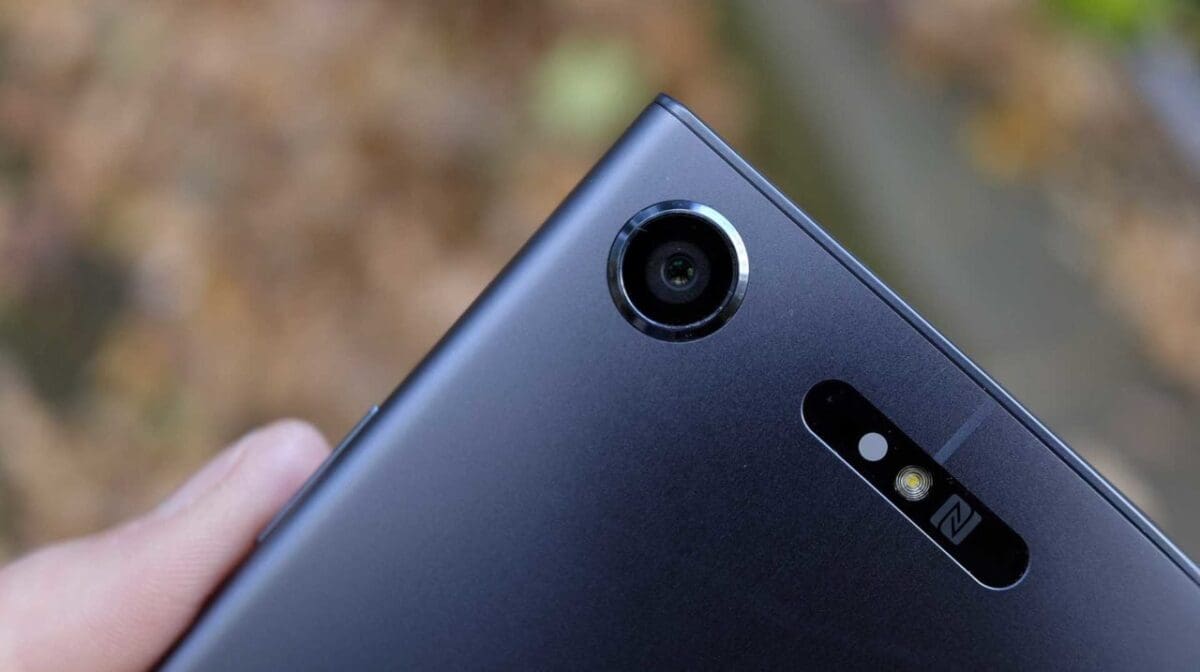What is the Sony Xperia XZ1?
The Sony Xperia XZ1 is Sony’s current flagship smartphone. The camera on the rear has a 19 million pixel 1/2.3-inch Exmor RS for mobile memory-stacked sensor. It is joined by a 25mm (equivalent) f2.0 Sony G lens.
Other interesting camera related specs include the ability to record 960fps super slow motion video, 4K video recording, predictive capture, autofocus burst shooting, HDR photo and a maximum ISO of 12800.
On the front of the Xperia XZ1 there’s a 13 megapixel, 1/3.06-inch Exmor RS sensor, with a 22mm f/2.0 lens.
The Sony Xperia XZ1 was loaned to us by Vodafone for the purposes of this review.
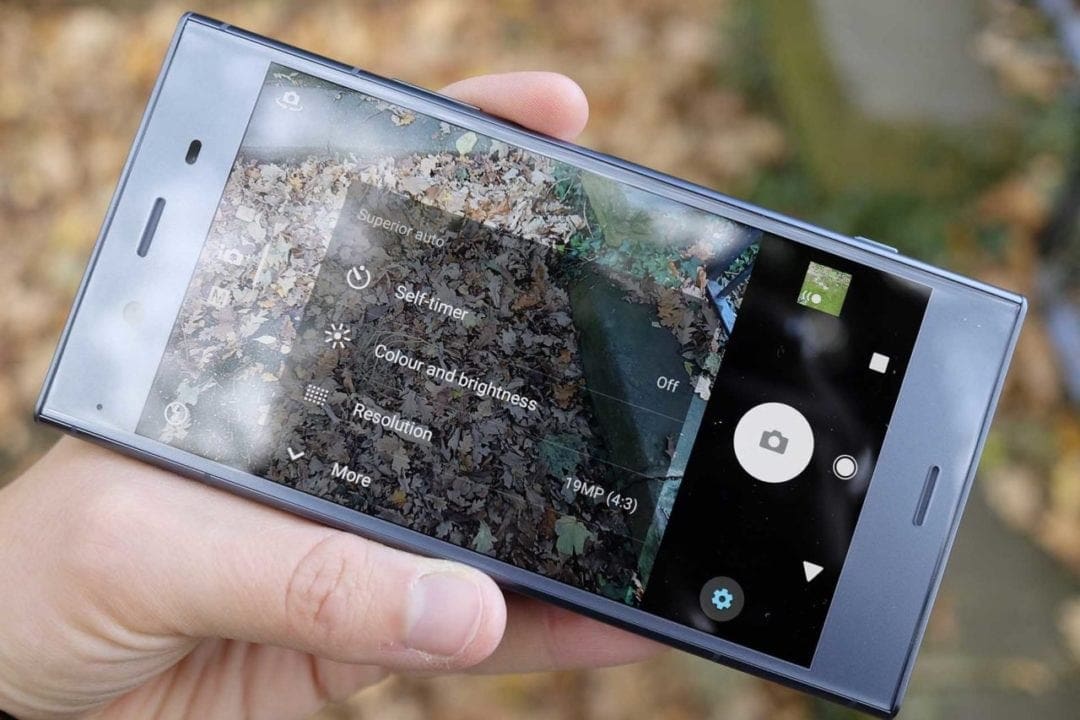
Build Quality and Handling
Sony has redesigned its flagship smartphone to have a sleeker appearance, and it’s got a satisfyingly smooth back which has a matte finish which doesn’t attract fingerprints.
On the left hand side of the camera, there’s a tray which you can remove with your fingernail, giving you quick access to the Micro SD card slot – very useful if you want to swiftly swap out memory cards to expand the internal storage the phone offers.
There is a dedicated camera button on the right hand side of the camera – placed on the top right if you’re holding the phone horizontally, or in other words, the conventional way you’d take a photo. If you hold down the camera button for a second, the XZ1’s native camera app will launch.
You can then half press the button to focus, and depress it fully to fire off the shutter. Alternatively you can use the on-screen virtual button to take a photo, but there’s something quite nice about having a physical button that enthusiast photographers are likely to appreciate.
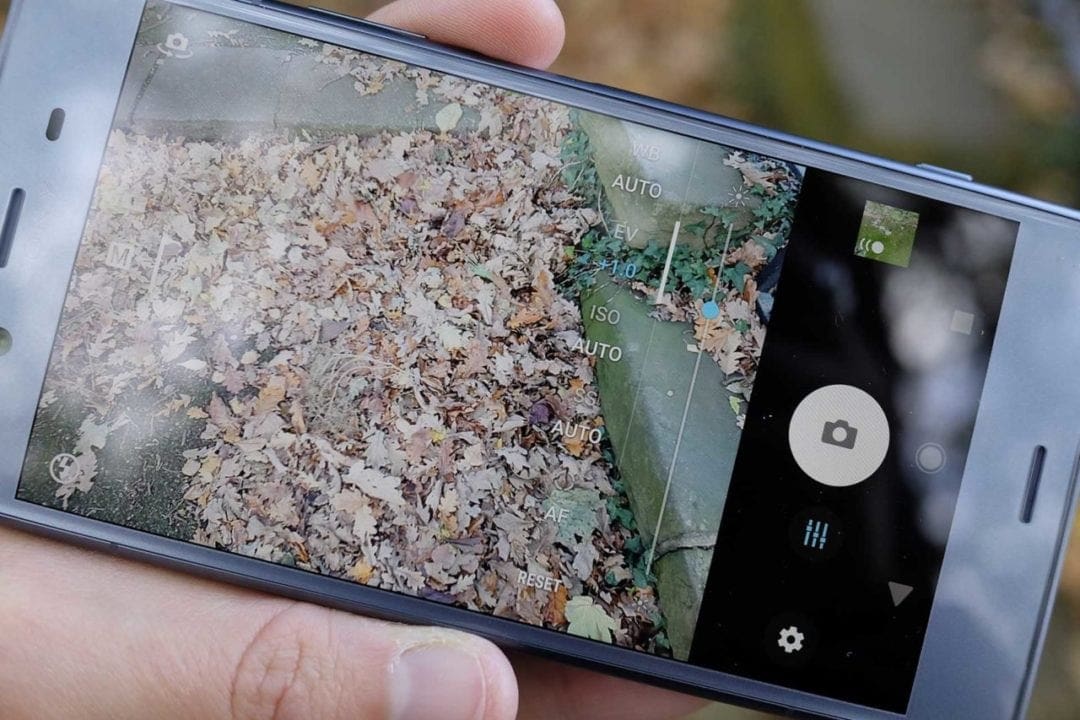
If you hold down the shutter button (either physical or virtual), you can shoot a burst of images. The XZ1 offers “autofocus burst”, which essentially means it will track the subject and keep it in focus. After you’ve taken your burst, you can choose the best shot and discard the rest to save space.
The native camera app has a good range of shooting modes, including an Intelligent Auto mode, plus a Manual mode which gives you access to key shooting settings, including ISO, white balance, shutter speed, and exposure compensation.
As is common with camera phones, it’s not possible to alter aperture. Enthusiasts may also be disappointed to learn that there’s no raw format shooting on offer.
A settings menu gives you the opportunity to alter further settings, a key one being the resolution at which you can shoot at. You’ll be shooting at a 4:3 ratio if you select the full 19 megapixel resolution, while shooting at 16 megapixels means you’ll be shooting at 16:9.
Predictive Capture is a feature which is switched to “Auto” by default. This detects moving subjects (such as people), to take a few photos before the shutter is fully pressed – if you miss the moment, you can then scroll through the predictive shots to choose a better one.
In terms of video, you can shoot at resolutions up to 4K. It’s worth noting however, that the Xperia XZ1 only has a Full HD screen, so you’ll need to transfer your video files to something else to appreciate the higher resolution.
If you shoot in the “super slow motion” format, you have to repeatedly tap the screen while the video is recording in order to capture super slow motion as part of the otherwise normal video speed.

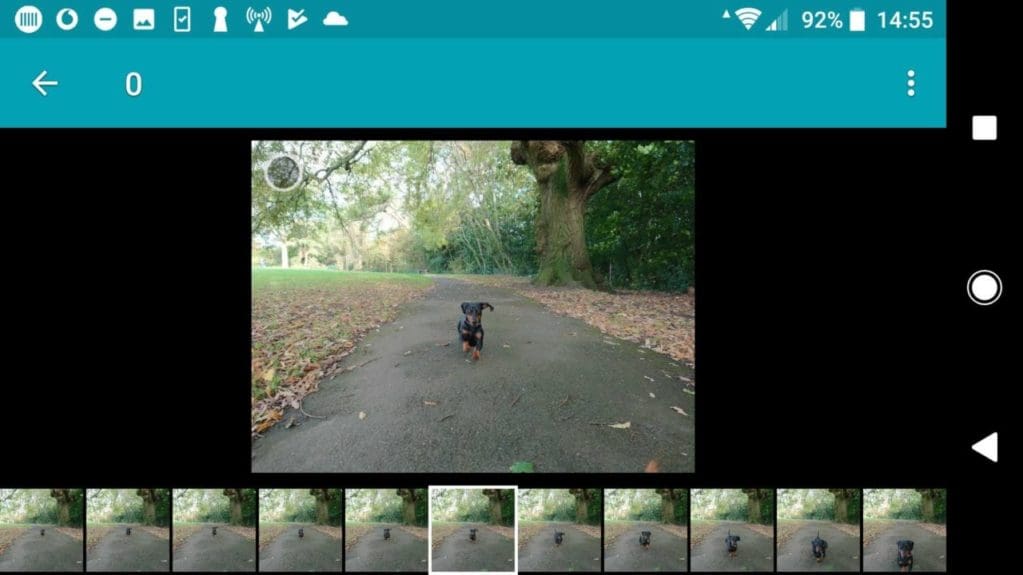
Image Quality
In good light, the XZ1 is capable of producing some very pleasing results. Colours are nicely saturated, while the overall impression of detail – particularly if you’re only likely to be looking at the images on a phone screen – is more than satisfactory.
If you look at images on your computer, it’s clear to see that there’s detail lost at 100%, even at low ISOs. Low light images are a little bit of a mixed bag – some images taken in ambient room light with a high ISO like 3200 are presentable enough, while others display lots of smudginess – low light is certainly not the XZ1’s forte.
Where the XZ1 excels (over other phones) is with features such as autofocus burst. It did a good job of keeping up with my energetic dog as she came running towards me – not every shot was perfectly in focus, but for a phone camera, the fact that most of them were is great.
Predictive Capture is also very useful when photographing subjects such as animals, or portraits, to ensure you get the shot you want – I’d like to be able to leave it switched permanently on, rather than leaving the phone to decide when to automatically apply it.
Overall, video quality from the XZ1 is very good, but not particularly extraordinary. The XZ1’s party piece is its ability to capture super-slow motion at 960fps.
This is good fun for the novelty of watching your subject in minute detail, but it’s unlikely to be something you use with any regularity, especially as the video quality is not very high when you use it.
Sony XPeria XZ1 sample photos




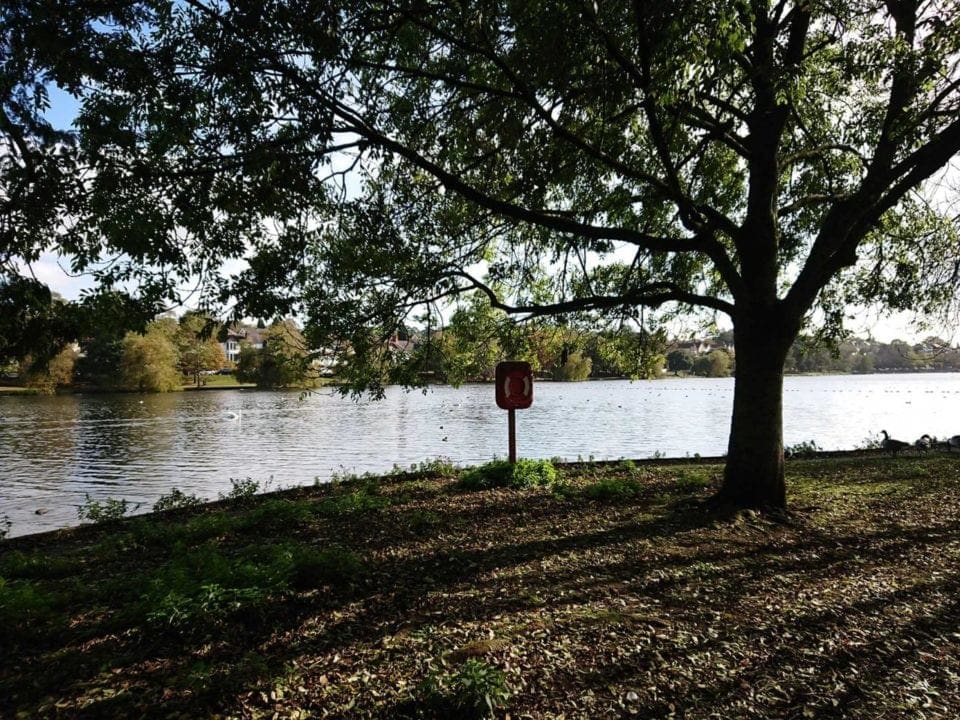
Verdict
Sony is one of the key players when it comes to “real” cameras, so it’s no surprise to see some of its key technologies making its way onto the likes of the Xperia XZ1.
The design of the phone itself is simple yet sleek, with an overall look which is quite classy.
One of the things I like most about the XZ1 is the fact that it has a real shutter release button. It might not sound like a big deal, but in practice it makes using the XZ1 feel more like using a “proper” camera and shows that Sony has tried to make the XZ1 appeal to photographers.
The native camera app is well specced, with a good range of functions and features, including the ability to alter most key settings – it’s a shame not to see raw format making an appearance on an otherwise enthusiast centric model though.
Image quality is good in good light, but nothing to write home about when the light drops. I was impressed by functions such as Autofocus Burst and Predictive Capture, which make this a good choice if you have children or pets which you like to regularly photograph.
Overall, the Sony Xperia XZ1 has a well featured and reasonably well performing camera, but with enough niggles to prevent it dethroning phones such as the iPhone X, Google Pixel 2 and Huawei Mate 10 Pro as being the camera phone of choice for photographers – a shame considering how superb Sony’s “real” cameras are.
